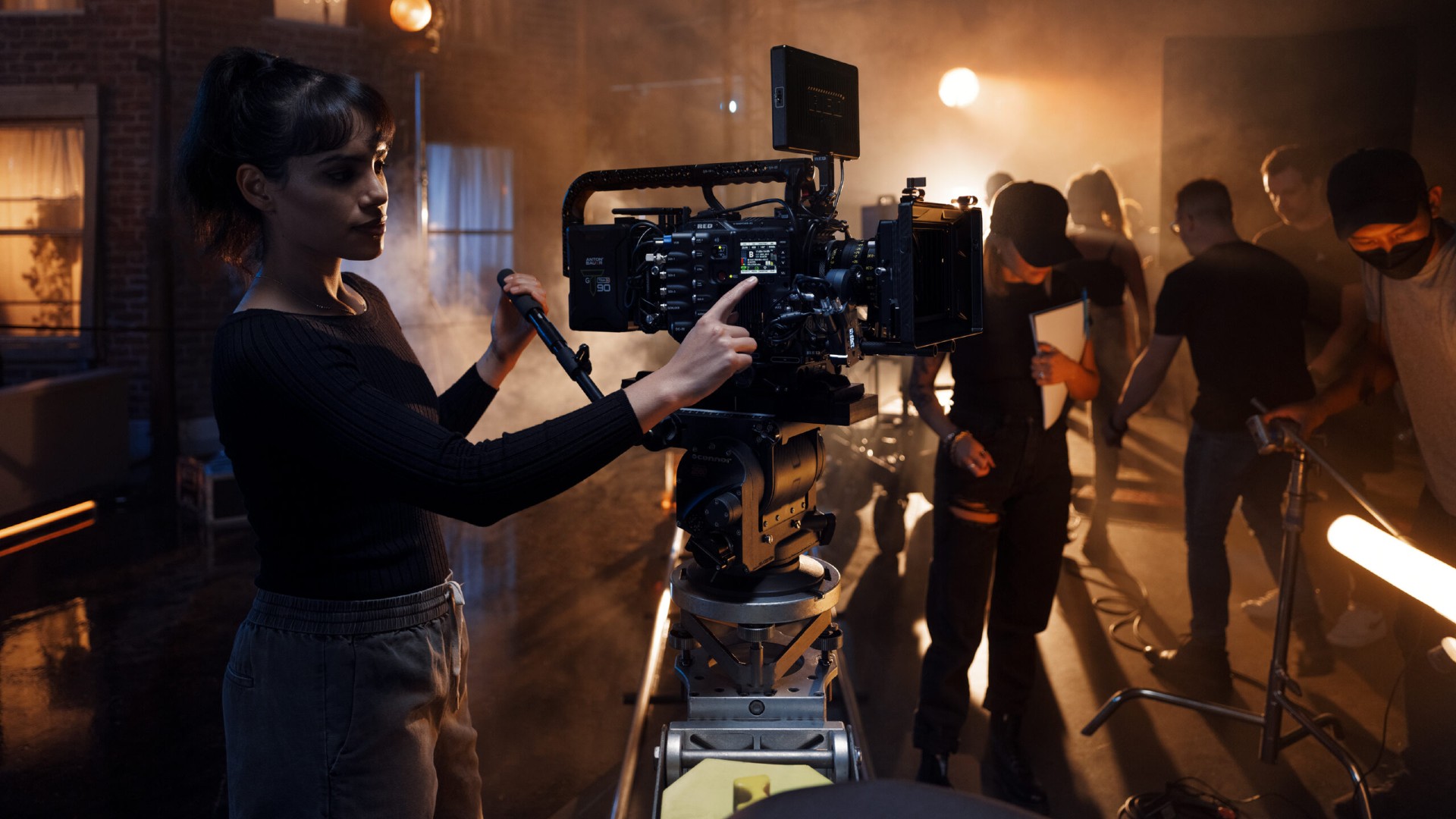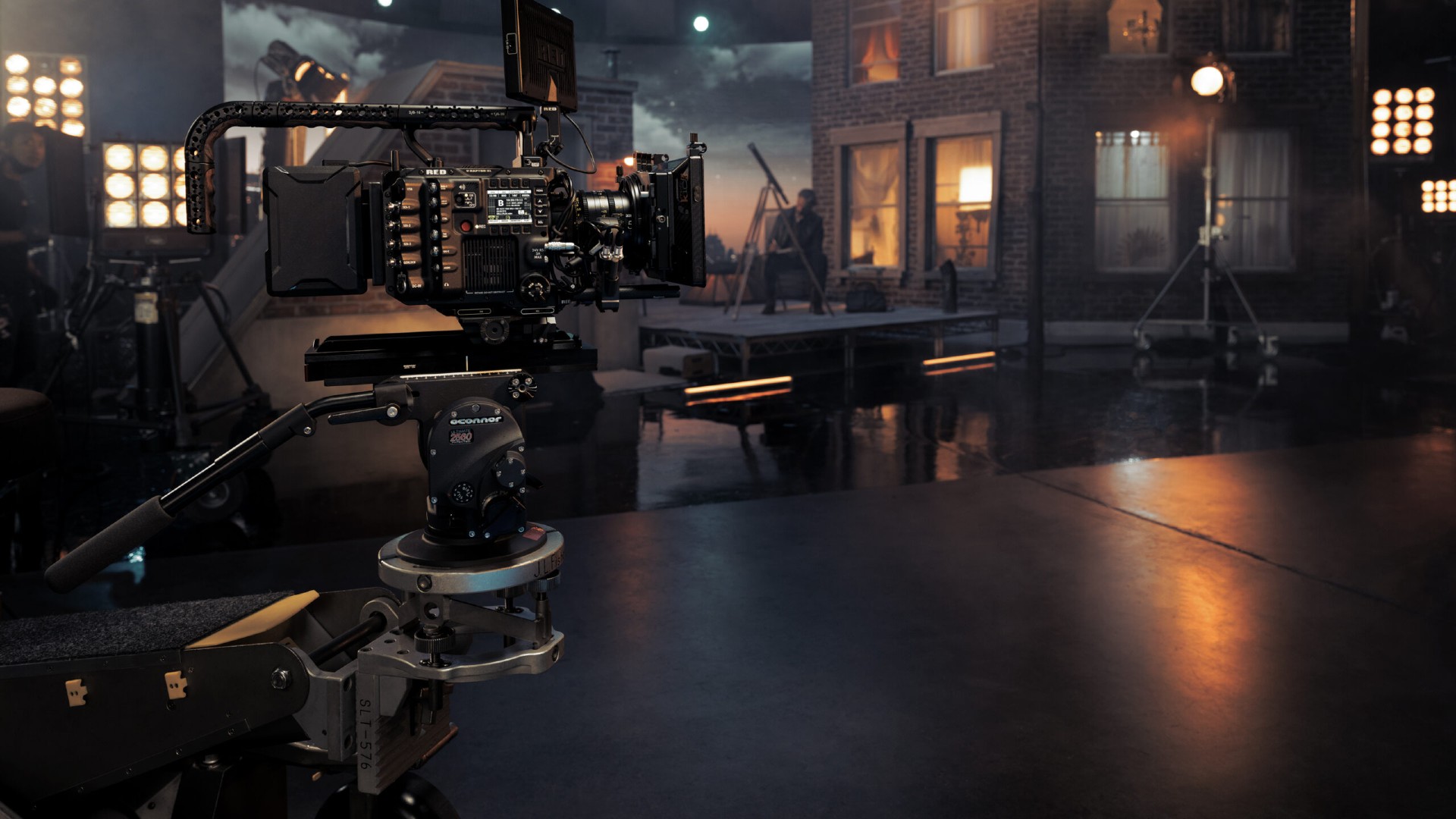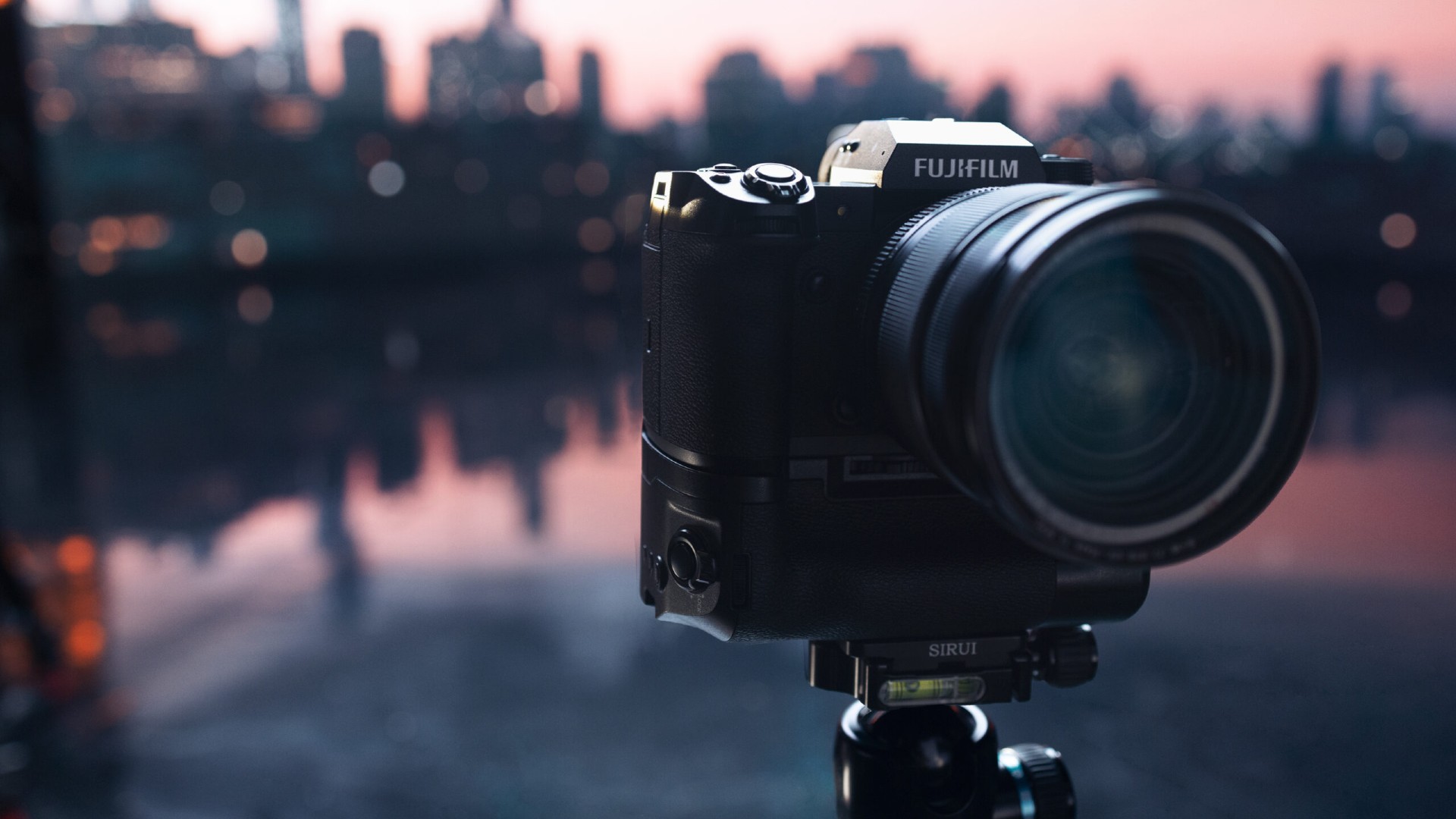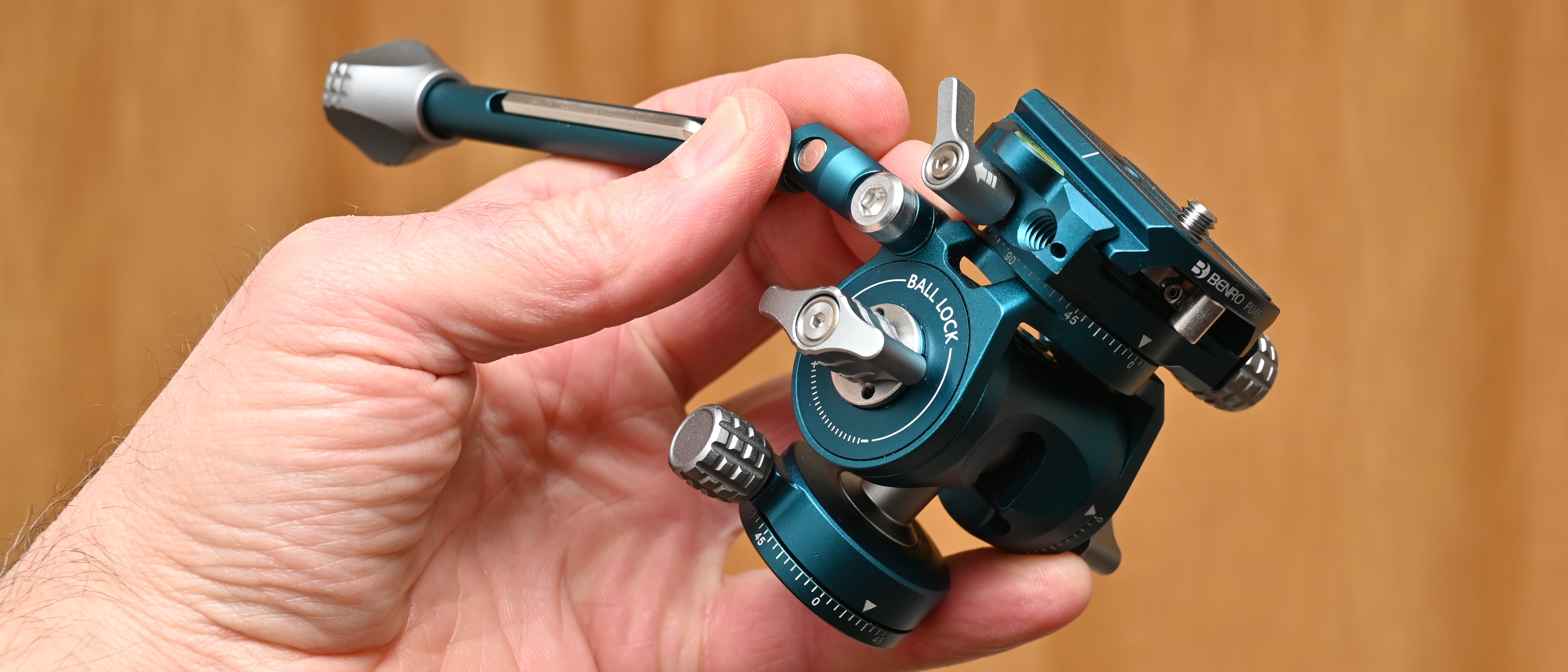
Each year at Adobe's global event, Adobe Max, the software giant announces a flurry of new features. Generally, it's the changes to Photoshop and Lightroom that are the most interesting to us. But this year, at Adobe Max 2022, something else is grabbing our attention: one that could potentially revolutionize the workflow of filmmakers around the world.
Over more than a century of film and video production, one thing has remained constant. Once you've shot your footage, you then have to spend time and effort downloading it onto some sort of physical media. You then have to find a way of sharing it with your post-production team, most often via courier. They then have to download it at their end. Only then, finally, can editing begin.
Then around 18 months ago, a startup called Frame.io unveiled a technology called Camera to Cloud that promised to change all that.
Originally launched in partnership with Teradek and Sound Devices, their system did exactly what it promised, allowing filmmakers to transmit their footage straight to production desks, without any faffing about in between. Last summer, Frame.io was bought by Adobe (for a reported $1.275 billion) and this April they announced an extension for Premiere Pro and After Effects.

Today, as part of Adobe MAX, Frame.io are making a huge step forward in connecting cameras directly to the cloud, by announcing new partnerships with RED and Fujifilm.
Both brands are now geared up to integrate Camera to Cloud directly into their cameras, with no additional hardware, and no hard drives required.
Red and Fujifilm on board
In some ways, this is an evolution rather than a revolution. After, since the original launch of Frame.io, RED's cameras have been Camera to Cloud-enabled through the use of the Teradek CUBE 655, an an H.264 (AVC) video encoder. But now, that extra bit of hardware is no longer needed. Instead, you can upload 8K REDCODE RAW files directly from both the RED V-Raptor and V-Raptor XL cameras to the cloud.
Get the Digital Camera World Newsletter
The best camera deals, reviews, product advice, and unmissable photography news, direct to your inbox!

Obviously, you'll need some pretty high-bandwidth internet to do so. But if you can overcome that hurdle, the possibilities are enticing indeed.
Potential benefits
This will allow teams to deliver original camera files directly to production offices and cutting rooms for immediate editing. That will save considerable time and cost, as well as getting shows delivered ahead of schedule.
It also means your raw camera footage can be instantly backed up, so the chance of losing it through accident or mishap – every film-maker's nightmare – will become vanishingly rare.
And it's not just film-makers who can benefit. Stills photographers can too, with the Fujifilm X-H2S becoming the first digital stills camera to natively integrate with Camera to Cloud. This means photography workflows can become fully cloud-based too, with Frame.io supporting high-resolution RAW files with loupe, navigation, and annotation tools.

Overall, Adobe believes this is the foundation of an entirely new workflow that will eventually become the industry standard.
That's not surprising, as Adobe as a whole has been firmly focused on working in the cloud since 2013, when it stopped selling most of its physical software, and shifted to the Creative Cloud subscription model.
That said, there's every reason that filmmakers, photographers, and other creatives will welcome the opportunity offered by Camera to Cloud. Because apart from the sheer cost efficiencies of working in this way, does anyone really have any love for messing around with memory cards?
We don't know yet, though, when these updates will be released. All we currently have from Adobe is that the new RED integrations are "right around the corner" and coming "really soon", while Fujifilm's new firmware is expected by March of next year. For more details, keep an eye on the Frame.io website.
Tom May is a freelance writer and editor specializing in art, photography, design and travel. He has been editor of Professional Photography magazine, associate editor at Creative Bloq, and deputy editor at net magazine. He has also worked for a wide range of mainstream titles including The Sun, Radio Times, NME, T3, Heat, Company and Bella.

